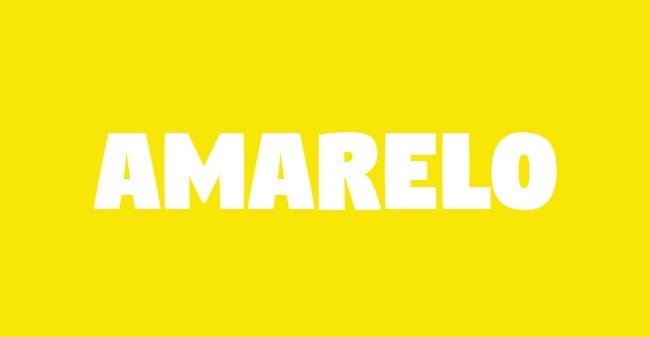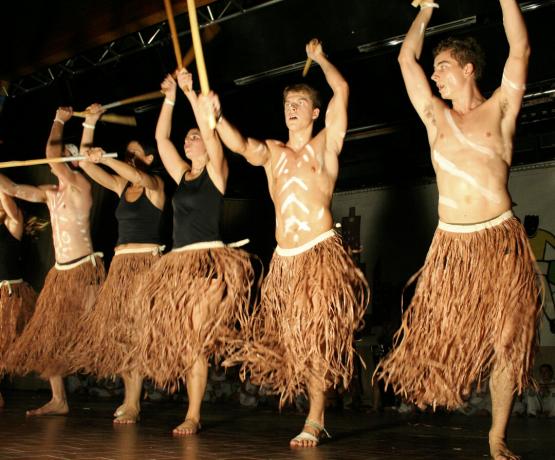Color Psychology consists of an in-depth study of how the human brain identifies existing colors and transforms into sensations or emotions.
This is a psychological study that, together with the knowledge of the Color Theory, helps to understand the influence of colors on the emotions and senses of those who perceive them.
This influence can be seen above all in the area of Marketing and Advertising, where every detail is designed to impact the consumer in a certain way that encourages them to purchase the product or service.
In practical terms, the symbology of colors is fundamental for the composition of the product's layout. When they are well applied, it becomes an attraction with regard to the acquisition and effectiveness of the material.
Color psychology: what are the characteristics?
Each color generates a different sensation in people and, therefore, it is essential to know how to use them. For this, there are some important characteristics when using colors, which are:
- Dimension: the color can affect the perception of the dimension of the environment. That is, depending on the color, the person may have the impression that they are in a larger or smaller space, both of which are actually the same size.
- Weight: colors can influence the feeling of weight that a given object appears to have. Depending on the color used, a ball can look lighter or heavier.
- Lighting: there are different variations in light absorption, depending on the color. This makes the room or object appear to be darker or lighter.
- Temperature: colors can also feel warmer or cooler. The so-called "warm colors", for example, take this name because they pass this type of "heat".
- Symbolism: the transmission of the idea and meaning that each color conveys can vary from person to person, according to each person's life experiences. It is also possible for a color to arouse many different feelings and emotions in the same person at different times in their life.
- Emotion: for psychology, colors directly affect the awakening of emotions in people. They can influence the mood, mood, motivation and other psychological characteristics of individuals.
- Reminder: like smells, the visualization of colors can also be associated with specific moments in someone's life. Thus, a certain color can make the person remember a situation from their past, for example.
The colors in their individuality still have a specific meaning, which is also important when composing the product or service layout.
See more about the meaning of Color Theory.
Meanings of Colors in Psychology
Color Psychology recognizes eight primary emotions in human beings: anger, fear, sadness, disgust, surprise, curiosity, acceptance and joy.
Each of these feelings is represented by a color, and these play an influencing role in people's behavior, according to psychological studies.
Thus, according to the interpretation given by psychology, warm colors tend to convey a feeling of energy, activity and enthusiasm. On the other hand, cool colors are related to rationality, calm and professionalism.
Learn more about Hot and cold colors.
Red

This primary color is linked to dynamism, that is, the will to move and act. Experiments show that red has the ability to stimulate the human body, causing an increase in blood pressure and the number of heartbeats, for example.
It is a color used to convey the feeling of high intensity and confidence. Among the emotions related to this color, highlight:
- anger;
- passion;
- will;
- heat;
- danger;
- violence;
- fury;
- excitement.
Yellow

As a warm color, yellow also conveys a feeling of dynamism and stimulation. It is considered the color of optimism and energy, according to color psychology. It also has the ability to stimulate concentration and people's intellect.
Another feeling associated with this color is that of comfort and happiness. Among some of the feelings that yellow is also related to, the following stand out:
- wisdom;
- happiness;
- optimism;
- envy;
- disease;
- idealism;
- cowardice.
Orange

Orange is a secondary color that, like red, also conveys the idea of movement, excitement and desire for action. But, unlike the first one, orange is not as impressive.
Color psychology attributes the feeling of joy, sociability and animation for orange. Among other feelings related to this color, emphasis on:
- humor;
- energy;
- heat;
- extravagance;
- enthusiasm;
- friendliness.
Purple

This color acts directly on the brain area destined for creativity, that is, it promotes a stimulus for the solution of "creative blocks".
Furthermore, the feeling of calm and tranquility is also related to purple. For this reason, various spiritual and faith-related themes are represented with this color.
Purple still represents the image of success, nobility and wealth. Among other relationships, we highlight:
- eroticism;
- mystery;
- wisdom;
- arrogance;
- sensitivity;
- intimacy.
Blue

The blue conveys the idea of calm, serenity and tranquility. For this reason, it is often used to represent professionalism, stability and security.
Some of the feelings that are related to the color blue, according to color psychology, are:
- loyalty;
- tranquility;
- harmony;
- confidence;
- cleaning;
- cold;
- depression.
Green

For color psychology, green is associated with health, vitality, nature and fertility. For psychologists, this color has the ability to calm people and relieve stress.
Among the other feelings that this color arouses, the following stand out:
- perseverance;
- pride;
- good luck;
- youth;
- generosity;
- immaturity;
- jealousy;
- environment.
Learn more about the meaning of Colors and of the psychology.


